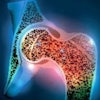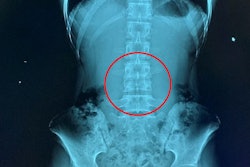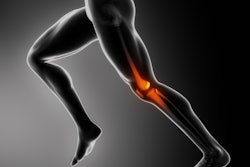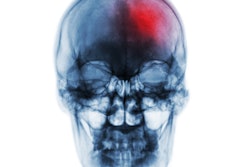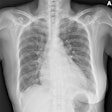There may be no such thing as recreational "safe jumping" for children on trampolines, according to research delivered on 9 May at the American Roentgen Ray Society (ARRS) annual meeting.
Dr. Neetika Gupta, a pediatric radiologist at the University of Toronto, presented a pictorial guide of injuries seen on imaging. She said that although radiologists have extensively discussed and documented these injuries, a gap remains in the comprehensive discussion of "head-to-toe" imaging in the pediatric population.
"Up to 1.6% of trauma visits in pediatric emergency departments are attributed to trampoline injuries," she said.
Trampoline-related injuries among children are an escalating concern due to the popularity of personal trampolines and recreational trampoline parks, Gupta said. In fact, the surge in these injuries has led to the Canadian Pediatric Society and the American Academy of Pediatrics to discourage recreational trampoline use at home, she noted.
To illustrate the spectrum of injuries, Gupta presented a series of images with positive findings. The range of injuries includes those affecting the head and neck, chest, abdomen, and musculoskeletal system, including neurovascular injuries. While limb fractures are the most observed injuries, spinal and facial bone injuries as well as nonskeletal soft tissue injuries are also seen, she said.
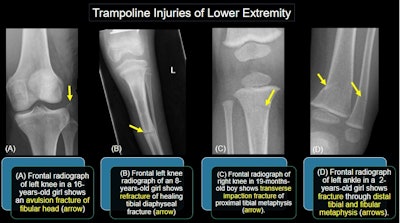 Image courtesy of the ARRS.
Image courtesy of the ARRS.
Unique trampoline-related injuries include proximal tibial fractures, sternal injuries, vertebral artery dissection and atlanto-axial subluxation, Gupta noted.
The mechanisms causing these injuries include failed landings on the trampoline, somersaulting and performing back flips, colliding with other jumpers, landing on the trampoline frame, and landing completely off the trampoline, Gupta said.
X-ray is the most common modality for determining the extent of these injuries and guiding additional imaging and treatment. Ultrasound is useful for evaluating soft tissue, joints, tendons, and ligaments, and CT and MRI are useful for evaluating injuries requiring surgical and neurosurgical interventions, she explained.
Risk factors include being younger than 6 years old, multiple simultaneous jumpers, a lack of safety nets and pads, and a lack of adult supervision, Gupta noted. Moreover, any related neck pain or torticollis should spur immediate evaluations for neck or cervical spine injuries, she added.
Ultimately, there is "no safe jumping on the trampoline," Gupta said.
"As the frequency of children presenting with trampoline-related injuries to emergency departments and imaging facilities continues to rise, it becomes imperative to familiarize ourselves with the full spectrum of potential injuries," she concluded.

